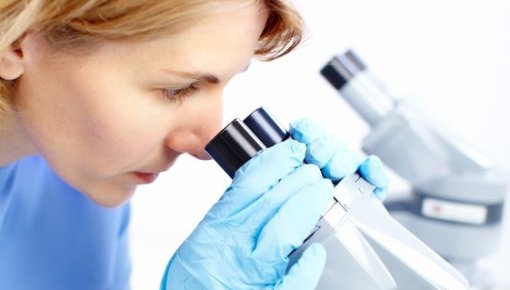Pap and HPV screening tests for early detection of cervical cancer

Regular screening tests can prevent cervical cancer. These tests can help to detect changes in the cells in the lining of the cervix. If needed, the abnormal tissue can be removed. As a result of screening, sometimes changes in the tissue are treated that would have never developed into cancer, though.
Abnormal tissue in the cervix is often harmless, but it is also possible that it becomes cancerous. That is why bigger changes in the cells are referred to as being precancerous.
These precancerous changes can be detected through screening and then removed before they have a chance to possibly develop into cancer. Since these screening tests were introduced in the 1970s, there has been a big drop in the number of women with cervical cancer.
